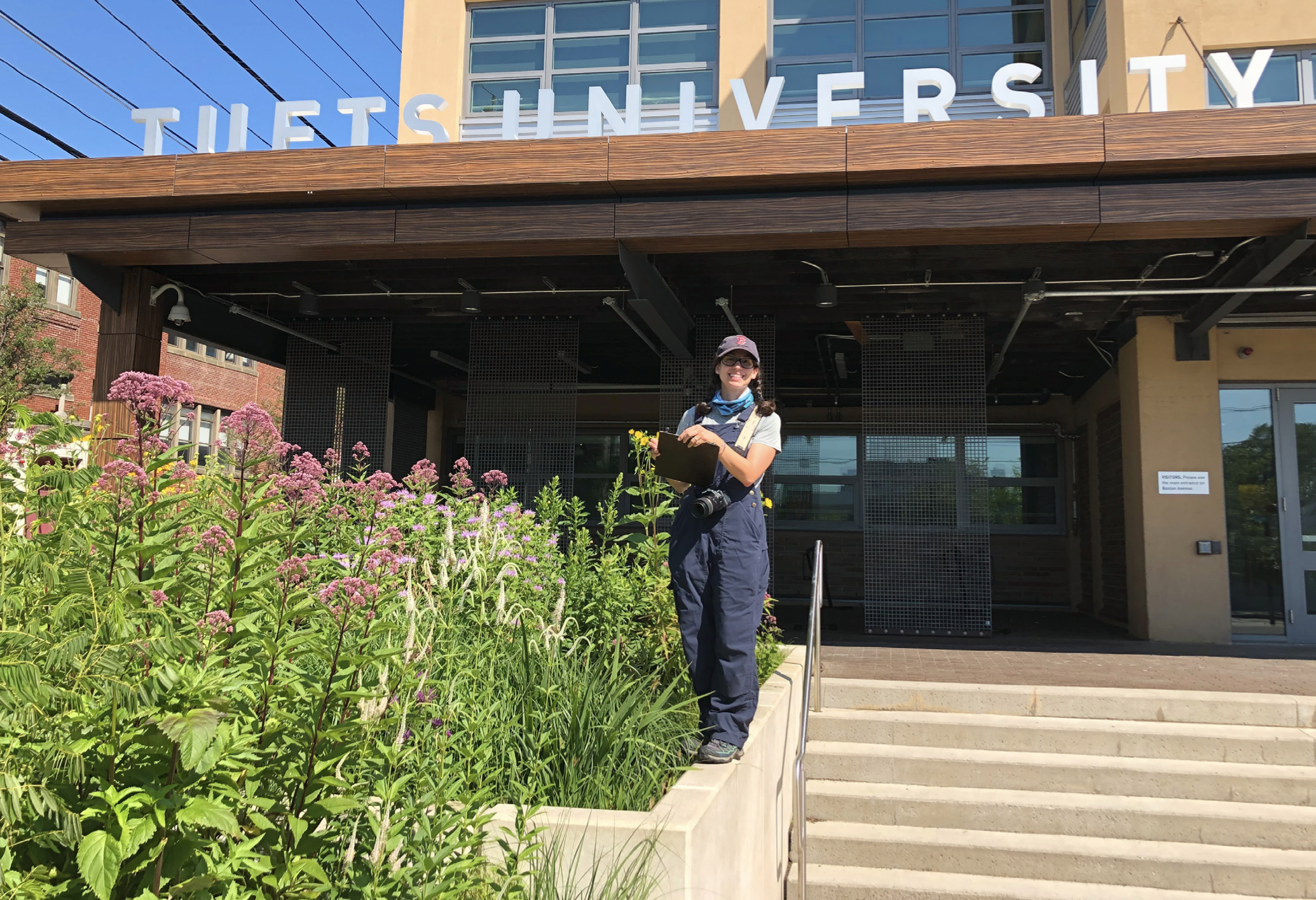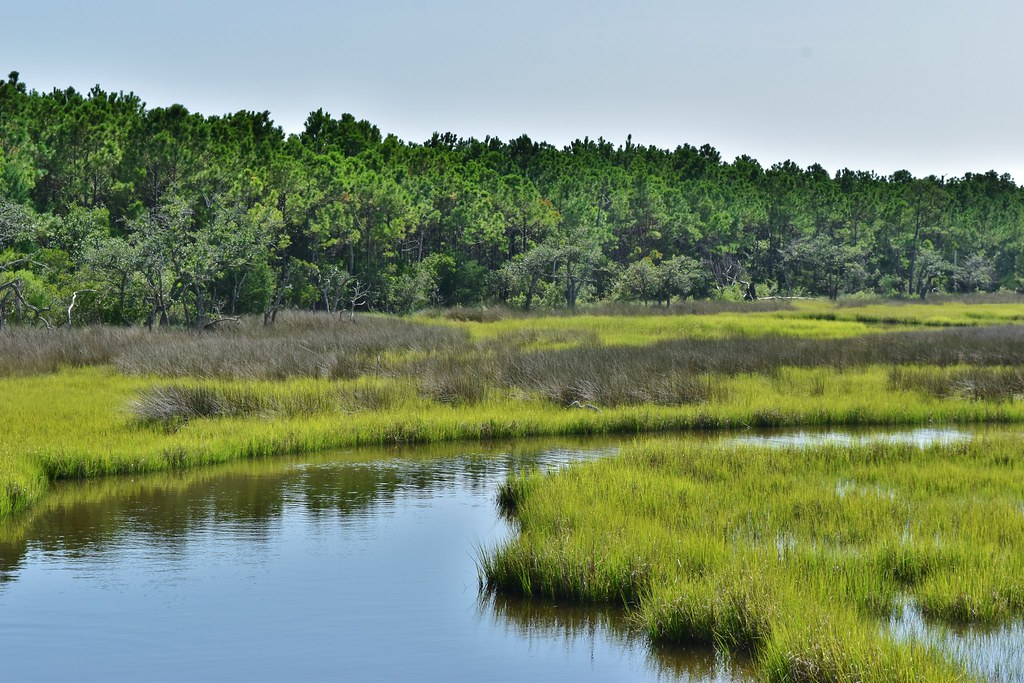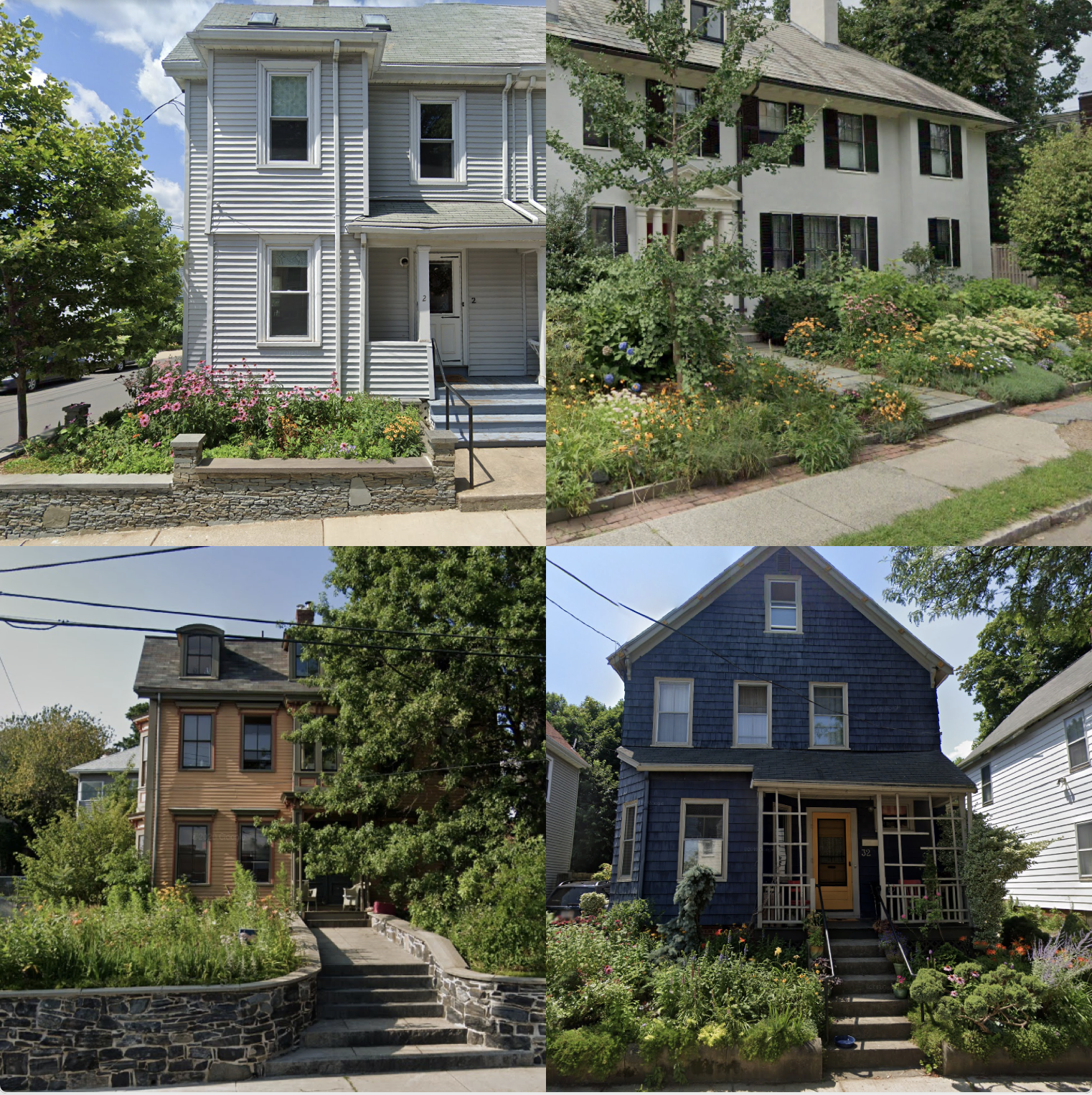Research
I have a variety of interests across ecology, conservation, geography, urban planning, and others. My research is mostly focused along four lines of work.
2. The ecology of insects in urban settings, including monarch butterflies and solitary bees

Ovipositing monarch butterfly (photo: Rachael Bonoan)
Urban landscapes are sometimes described as ‘novel ecosystems’ because they are so heavily human-modified. Yet a surprising diversity of insects nonetheless live in cities, particularly in pollinator gardens and other diverse garden habitats. In this line of research, I explore how these habitats function using population ecology to study habitat use, demography, movement, and others. We use butterflies and solitary bees as systems to explore these questions, in the context of basic ecological theories.
Relevant publications/manuscripts:
Dooley K., Murphy A.M., Crone E.E. 2025. Landscape context affects both capture probability and abundance of solitary bees in cities. In press at Ecological Applications.
Murphy A.M. & Crone E.E. Resource density affects host use by monarch butterflies in an urban landscape. In prep for submission to Biological Conservation (manuscript available on request).
3. Approaches to improving conservation outcomes on private lands like gardens and farms

Research and outreach garden at Tufts University (photo: Rachael Bonoan/Billy Dunne)
Pollinator gardens have high potential for improving habitat quality for pollinators and other insects in residential areas. However, conservation in these residential contexts is different from traditional natural areas conservation in that the land is owned by a diverse set of independent landowners. Additionally, the pollinator gardening movement has developed as the result of a broad-based, diffuse collaboration between ecologists and laypeople, leading to unique challenges and opportunities for conservation and outreach. In this work, I advance a framework for how to maximize the utility of pollinator gardening for researchers, pollinators, and the public.
In my current position, I am also studying how individual management decisions on agricultural lands, such as the construction of barriers or the creation of easements, can worsen or improve outcomes for marshes along the Atlantic coast at large scales.
Relevant publications/manuscripts:
Dorian N., Murphy A.M., Iler A., CaraDonna P. 2025. Setting goals for pollinator gardens. Conservation Biology e70009. link
Murphy A.M. & 11 others. Defining the pollinator garden: is conceptual flexibility a bug or a feature? In review at Frontiers in Ecology and the Environment.
Murphy A.M. & Crone E.E. 2021. Pollinator gardens: landscaping for biodiversity in the 21st century. CREATE Solutions for a Changing World 1. Tufts University. link
4. Feedbacks between human actions and sea level rise

Cedar Point Tideland, North Carolina (photo: NC Wetlands)
In my current position, I am building spatially explicit agent-based models of low-elevation private lands along the Atlantic Coast.
The Atlantic Coast of the U.S. is experiencing some of the fastest rates of relative sea level rise in the world. As sea levels rise, existing marshes will be inundated with water, and in order to persist the marshes must shift to higher elevations. This shift is possible, but only if it is allowed progress by managers who own the areas currently upland of marshes. If managers instead opt to resist wetland incursion, wetlands are at risk of undergoing ‘coastal squeeze’, caught between a rock and a hard place (developed land and rising oceans), leading to loss of marshes and other ecologically crucial habitats.
Currently, most of the land upland of marsh in this region is privately owned and is used for agriculture or forestry. We use surveys to understand how these landowners make decisions in the face of increasing saltwater impacts, and then use modeling approaches to test how different courses of action can act to either hinder or aid the migration of marshes in the face of extremely rapid sea level rise.
Relevant publications/manuscripts:
In progress.
